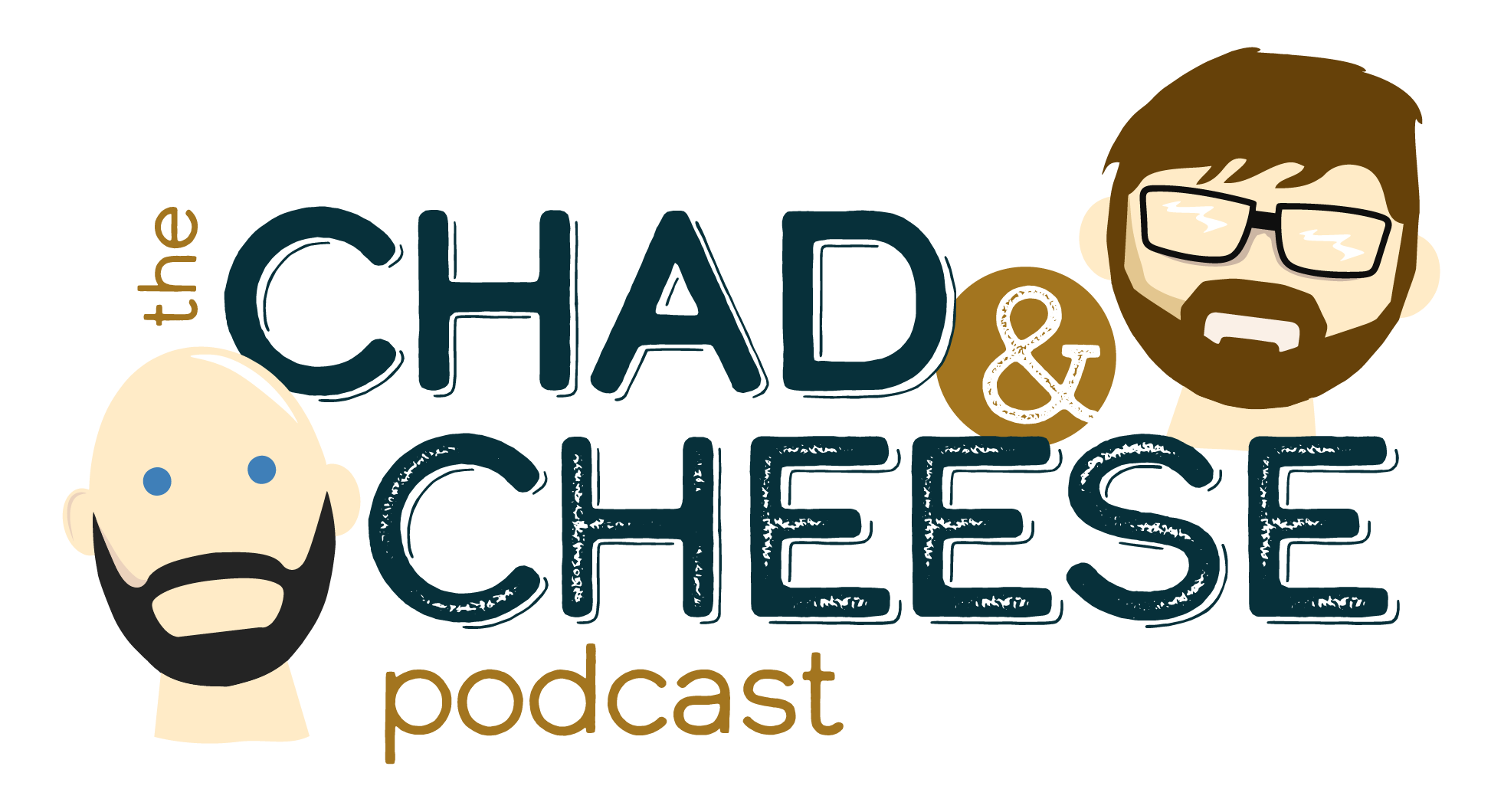What To Wear After Hip Surgery
Choosing post-hip surgery clothing is crucial for ensuring a smooth and comfortable recovery.
During this period, it is essential to avoid clothing that may irritate the surgical site or limit your movement. Instead, choosing simple, well-thought-out clothing options can help reduce strain on your hip.
Adaptive or specially designed clothing like those here at Joe and Bella can be invaluable in this recovery journey. They are sure to provide comfort, accessibility, and support at every stage of your healing journey.
Key Factors to Consider When Dressing After Hip Surgery

Dressing after hip surgery requires careful consideration, as wearing the right adaptive clothing can help make your daily routine much more manageable and even speed up the recovery process.
Below, we have highlighted the most critical factors to consider when choosing what to wear after hip surgery.
Comfort
Comfortable adaptive clothing should always be prioritized when choosing clothing for post-surgery recovery. Garments that don’t irritate the incision site and allow free movement can greatly aid your healing by reducing discomfort.
Soft, breathable fabrics like cotton are especially ideal. They help regulate body temperature, prevent overheating, and reduce the risk of skin irritation. Choosing clothing with gentle seams and stretchable materials further promotes ease of movement.
Accessibility
Adaptive clothing for the disabled should be easy to put on and remove. This allows you to avoid excessive movement and reduce strain on the healing area. Look for items with zippers, stretch fabric, or magnetic closures. Additionally, clothing with wide openings or ergonomic designs can provide extra accessibility.
These adaptive features make dressing easier, helping wearers maintain independence and confidence during recovery.
Minimizing Movement
Clothing should limit movement to reduce strain on the hip. Adaptive designs are particularly helpful in this situation. They allow you to dress or undress without lifting or twisting your body, helping you avoid any movements that could jeopardize your recovery.
Features such as side openings, elastic waistbands, and front closures offer convenience and safety, making dressing much easier and less stressful in sensitive areas.
These designs not only provide comfort but also empower you to manage daily routines independently.
Ease of Care
Recovery after hip surgery means keeping daily tasks simple, including caring for your clothes.
Opt for machine-washable clothing that requires minimal maintenance, such as wrinkle-resistant fabrics that don’t need ironing or special care.
This choice also helps reduce physical strain during laundry tasks, allowing you to focus on recovery without the added effort of delicate garment care.
Proper Fit
Choosing clothing that fits well without being too tight is essential for post-surgery comfort.
Garments should be loose enough to prevent irritation yet secure enough to avoid slipping or bunching during daily activities.
Features like elastic waistbands or adjustable closures offer the perfect balance, providing a comfortable fit that won’t press on sensitive areas.
These adaptable elements ensure ease of movement and support throughout the day, making it easier to stay active and comfortable while you heal.
Types of Clothing to Wear Post-Hip Surgery
Choosing the right types of clothing post-surgery is critical for a comfortable recovery, as they can help you avoid irritation and reduce strain on the hips.
Loose-Fitting Pants
Loose-fitting pants, such as sweatpants or adaptive bottoms, are highly recommended for post-surgery recovery.
Elastic-waist pants are particularly useful. They provide a secure yet gentle fit that makes dressing and movement simple and pain-free.
These pants allow for easy adjustments so you can stay comfortable throughout the day.
Front-Opening Shirts
Front-opening shirts, such as button-up or zippered options, are ideal clothing options for post-surgery recovery.
They make dressing significantly easier by eliminating the need to raise your arms above shoulder level.
This design allows you to dress independently while protecting sensitive areas during the healing process.
Slip-On Shoes
Slip-on shoes or those with velcro straps are ideal for post-surgery recovery, as they eliminate the need to bend down for long periods.
Non-slip soles and gripper socks also add stability, helping to prevent falls that could hinder the healing process.
These shoes provide a practical, safe, and comfortable option, allowing you to move safely and confidently.
Adaptive Clothing Options for Recovery
Adaptive clothing is thoughtfully crafted to cater to the unique needs of those recovering from surgery.
These garments often feature seamless designs that reduce the risk of skin irritation and ensure maximum comfort throughout the day.
Items such as shirts with velcro straps, pants with magnetic closures, and garments with side openings are engineered for ease of use.
By integrating these specialized features, adaptive clothing not only enhances comfort but also supports a sense of independence for their wearers.
Benefits of Choosing Adaptive Clothing

Adaptive clothing offers numerous benefits for people recovering from hip surgery.
Their key features make these garments ideal for promoting independence, reducing pain, and ensuring comfort during the recovery process.
Independence
Adaptive clothing is designed to allow patients to dress independently. It helps patients feel more in control of their daily routines.
Features such as magnetic closures or Velcro fastenings allow patients to dress without assistance and maintain a sense of autonomy during recovery.
Pain Reduction
By minimizing the need for complex movements during dressing, adaptive clothing helps to reduce pain.
The designs are intended to prevent strain on the surgical area, which is essential for a more comfortable healing experience.
This pain reduction allows patients to go about their day with greater ease and less discomfort, speeding up the healing process.
Wound Care Access
Adaptive clothing often includes strategically placed openings that provide easy access to the surgical site, which is especially helpful for wound care.
These features allow for quick inspections and dressing changes without completely removing clothing.
This convenience promotes regular wound care and reduces the risk of disturbing the healing areas.
Enhanced Comfort
Designed with soft, breathable materials, adaptive clothing enhances comfort throughout the recovery period.
Many of our garments also use moisture-wicking fabrics to keep the skin dry and prevent irritation. The comfortable fit also helps reduce chafing and allows for more natural movement.
What to Avoid When Dressing After Hip Surgery
It is also important to know what types of clothing to avoid after hip surgery, as certain clothing can put pressure on the surgical area, restrict movement, and impede healing.
Helpful Dressing Tools and Accessories
Using the right dressing tools and accessories can improve a wearer’s comfort and safety during the recovery process. Here are some tools that can help patients dress independently:
- Button Hooks: These help fasten buttons on shirts and pants, which is especially helpful for those with limited dexterity, or those who are not wearing shirts with magnetic buttons
- Elastic Shoelaces: These turn regular shoes into slip-ons, eliminating the need to bend down to tie laces.
- Leg Lifters: These help position legs safely onto a bed or chair, making them ideal for individuals with limited leg mobility.
- Pull-Tab Zipper Extenders: These make zippers easier to grip and are especially useful for jackets or pants with hard-to-reach zippers.
Dressing Sticks and Sock Aids
Dressing sticks and sock aids are invaluable for individuals recovering from hip surgery.
The dressing stick typically includes hooks for pulling on garments, while sock aids make it easy to slide socks on with minimal effort.
These tools not only promote independence but also enhance comfort by reducing unnecessary movements. They make daily dressing routines more manageable and less painful.
Reachers and Long-Handled Shoe Horns
Reachers provide an extended grip for retrieving items. On the other hand, long-handled shoe horns allow for easy shoe application without crouching down.
Together, these tools minimize strain on the hip, support safe movement, and help reduce the risk of falls or other injuries that could compromise the recovery process.
Final Words on What to Wear After Hip Surgery
The right clothing choices after hip surgery are crucial for a comfortable recovery. Adaptive clothing simplify dressing, boost comfort, and support independence.
Choose clothing that is easy to wear, gentle on sensitive areas, and tailored to your needs. This will cut down strain and allow you to focus on regaining mobility.
Thoughtful planning ensures you feel confident and comfortable during recovery. With the right clothing and tools, healing becomes a much smoother process.
Investing in adaptive garments can thus help you focus on what truly matters: regaining strength and mobility.

























